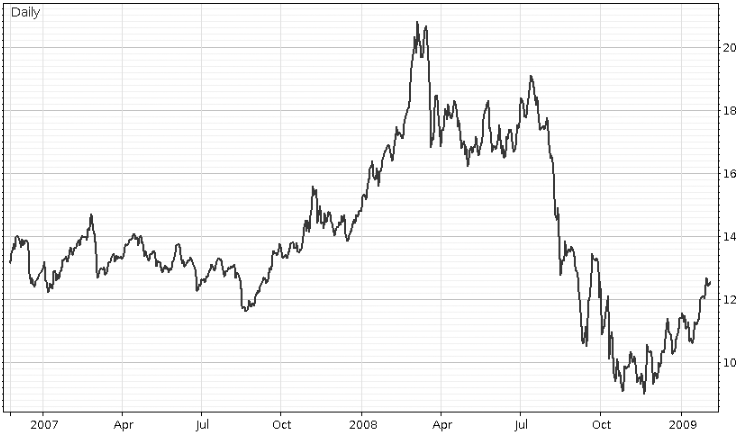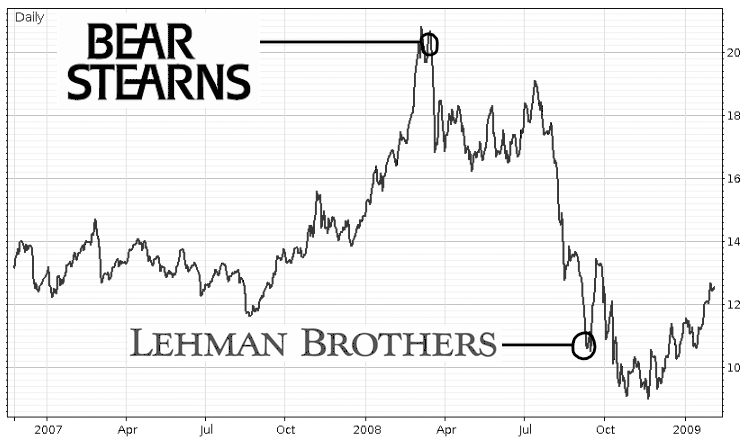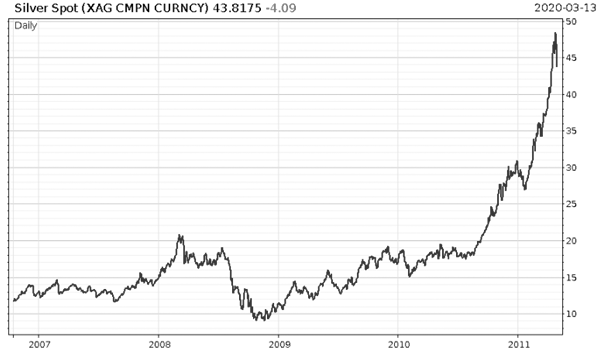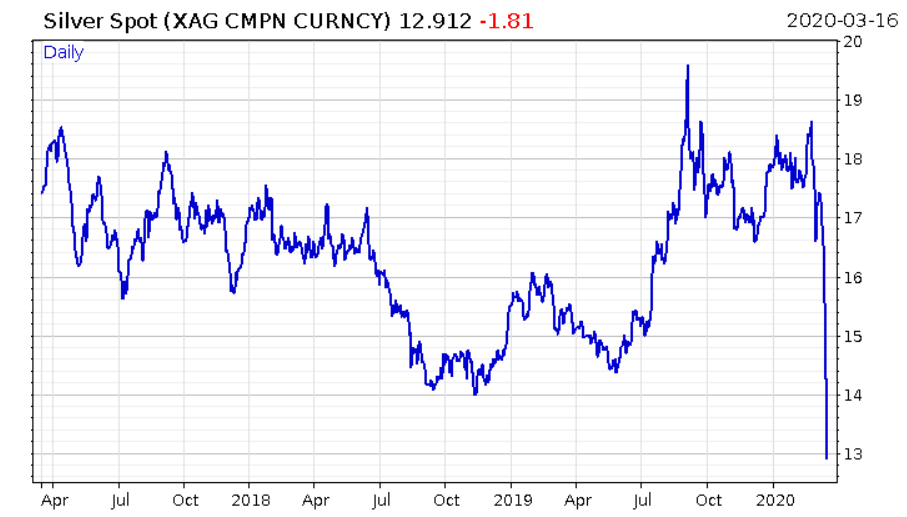The US stockmarket was halted just 30 seconds after opening yesterday. Couldn’t even survive a minute before eating a 7% loss.
And that was after the Federal Reserve threw the sink at the problem, cutting interest rates to zero and announcing $700 billion in quantitative easing, on top of the trillions it’s made available in short-term funding.
All of that stimulus, deliberately timed to be announced before the market opened… and it still resulted in one of the worst days in history for the stockmarkets. “Interesting times” indeed – verging on the downright petrifying for those hoping to actually make some money from their investments. That’s why I rang up our billion-dollar fund manager Charlie Morris this morning, to ask him how he’s “investing in the age of coronavirus” so I can share his insights with you .
It’s becoming increasingly clear apparent market participants have lost their faith in a market mechanism that has rung true for decades: the Fed Put.
The Fed Put began with Alan Greenspan back in the 90s. It’s not an actual put option at all, but a belief that investors do not need to purchase any put options (market insurance) as the Fed will always step in to save the day and keep the stockmarket up.
This week, it appears the “Put” has expired worthless. While the Fed tried to keep markets up with a giant shock and awe stimulus programme – it hasn’t worked.
So what comes next? Well, the Philippines has just closed its stockmarket until further notice. Investors and traders didn’t know that they were due a surprise holiday, but what do you know. The government knows best and is here to help. After all – it’s not a loss if you can’t don’t sell!
The buying opportunity of a decade is coming for this asset…
What do you reckon this is a chart of?
Note the dates at the bottom, from 2007 until the beginning of 2009 – the time of the great Credit Crisis. This asset was cruising while the crisis silently unfolded in 2007, and it roared into life at the beginning of 2008. But then, well, something happened.
Could this be the price of a certain share, or a commodity? Cases of a certain illness? Luxury car sales? The rate of interest a certain government must pay on its ten-year debts?
To add a little more context to the period we’re looking at here, I’ve marked when a certain pair of banks went bankrupt:
What makes this chart interesting is that while the price is quite clearly going down… people were buying it hand over fist during the crisis. Indeed, it was being sold for very high premiums and there was a serious shortage of supply.
What asset do you think this is that behaved in such a way? And what do you think it did next?
The answer may surprise you.
That’s a chart of the price of silver, in dollars, before it quintupled in price. Here it is with a couple of years added on:
Silver has a loyal following amongst the sound money crowd for its historical use as a form of currency and its resiliency to inflation. And indeed, you can see that at the beginning of 2008 it could sense something was up in the financial system. Indeed, if it weren’t for the credit crisis and the bankruptcy of Messrs Stearns and Lehman, it may well have just skipped straight into the 500% territory before 2011.
But silver, or more accurately, the price of silver was not immune to the credit crisis. Silver futures were crippled just like everything else in 2008 when everybody in the financial system was ditching their assets in order to get their hands on dollars, either to finance margin calls, reduce their leverage, or just sit out in cash and wait for the chaos to blow over. A situation kinda like right now.
But while the price of silver, is dictated in the large futures markets and bullion banking pools where millions of ounces can be traded in a heartbeat was crushed… demand for the physical stuff from retail investors went through the roof.
Both government and private mints were incapable of keeping up with demand and straight up sold out of product. The bullion dealers who could source silver had to deal with multi-month product shortages and upped their premiums hugely to stay in business and quell demand. The Great Bullion Shortage lasted months, into the spring of 2009, and all while the price of it was falling through the floor. Those that did get their hands on some were rewarded richly in the years that followed.
This is all happening again.
The price of silver, while starting the year very strongly, is now getting absolutely wrecked. Hell, we’re now flirting with the $10 level once again:
… while physical demand is going parabolic. The US mint is sold out. Bullion dealers are reporting their best weeks in years, and hiking their premiums to the point where the physical price and the spot market price are becoming increasingly disconnected. Refiners are saying they’ll have problems keeping up with demand if it stays at these levels.
In the financial markets, participants need currency. But the everyman wants silver – he sees that governments all across the world are preparing enormous currency debasing stimulus programmes that will wreck his purchasing power. And so in an ironic twist of fate, we see the financial markets delivering the everyman with low prices for exactly what he wants.
We’ll explore some examples tomorrow – there’s a similar routine playing out with the mining shares themselves.
But if you’d bought silver at the depths of the crisis in 2008, you’d be golden once the dust had settled. I think we’re seeing the same thing happening now – the only question is how far does the price of silver fall first? Will it break ten bucks again? At this rate, we won’t have long before we find out.
More to come…
Boaz Shoshan
Editor, Capital & Conflict
Category: Market updates






